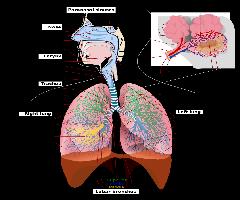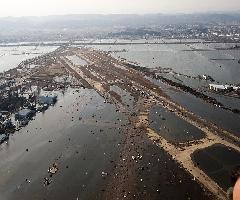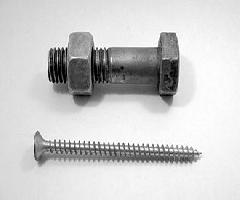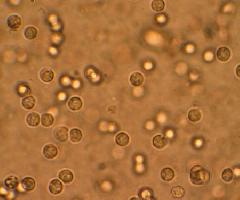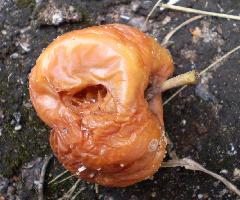Have you ever read a story about shipwrecked sailors on a small, uninhabited island? Rescuers finally came because a message was placed in a bottle and thrown into the sea. The bottle was picked up months later, thousands of kilometers away. The waves were supposed to have carried the bottle to distant chores.
The hydrosphere is constantly moving. The movement of water in the upper layers of the ocean is affected by the rotation of the earth, temperature differences, and wind. The deep layer is not affected much by the wind blowing at the surface. The main movements in the lower
layer are caused by the sinking cold water near the North and South Poles. When salt water freezes, most of the salts remain in the water. The salt content of cold water therefore becomes high. The cold water becomes denser than ordinary ocean water. It sinks to the bottom and moves slowly away from the poles toward the equator. The phenomenon of cold, deep currents moving toward the equator is called polar creep.Cold currents keep tropical waters cooler. They also bring oxygen to the lower depths of the ocean. The supply of oxygen enables plant and animal life to thrive in deep water. When these low-moving currents push the water before them and force the currents to rise, food particles and minerals are brought to the surface. This upward movement is called upwelling. Upwelling may also be caused by winds blowing the upper layer away from the chore.
Upwelling brings chemicals to the surface. These chemicals provide nutrients needed by algae growing in the upper layer. More fishes are found in areas where upwelling occurs.
The motion of
water from one part of the ocean to another is called current. Currents are large, strong movements of water. Currents take place almost everywhere on earth. Surface currents are those caused by the friction of wind over the sea surface. Surface currents begin in the tropics because warm water is less dense than elsewhere and because daily rainfall in the tropics ass enough water to raise the sea level a few centimeters higher than in the Polar Regions. Thus surface currents drive the ocean water before them. Because these ocean currents are caused by winds, they have circulation patterns similar to the atmosphere.Currents are also produced by differences in the weight or density of ocean water. Salt water is denser than fresh water. Fresh water will float above salt water. Density currents are formed when salt and fresh water meets. This type of current happens wherever a freshwater river meets the ocean. When evaporation occurs, dissolved salt becomes concentrated in a smaller volume of seawater. Thus, the density of seawater increases.
Warmed substances expand and becomes less dense. The temperature of the ocean water varies in depth. The surface of the ocean is warmed by the sun so that there is an almost uniformly warm surface layer about 200m deep. It has the same temperature are the air above it. The layer below 200m has a temperature of about 4 degrees C. The low temperatures slow down the rate at which living things grow and reproduce. The transition zone between the two layers is called the thermocline.
